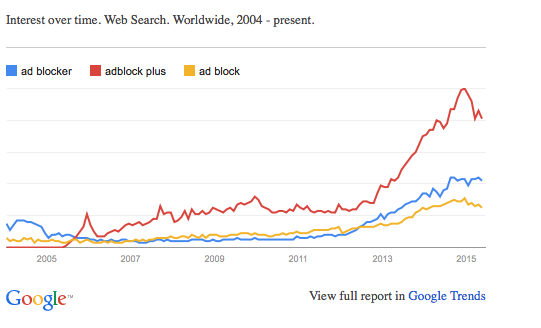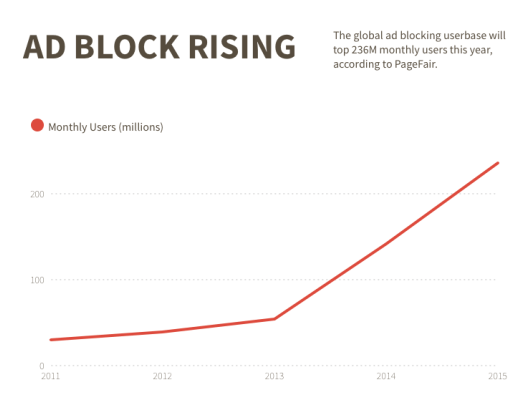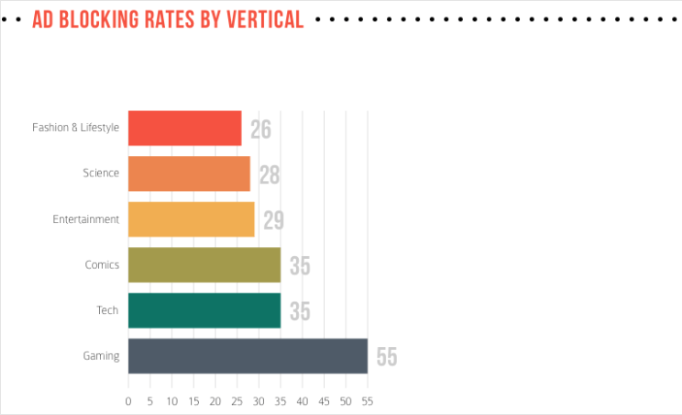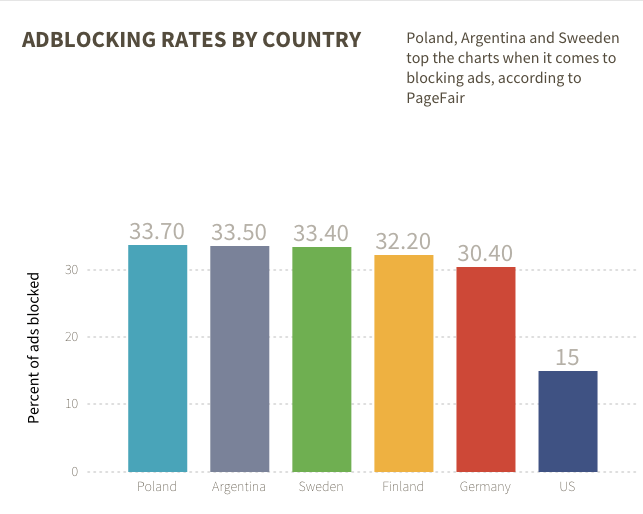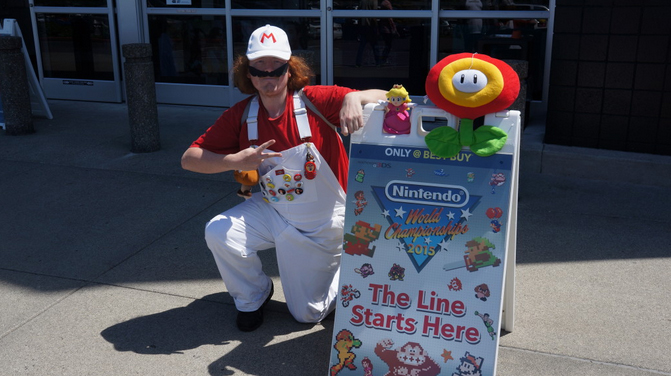In the past, the recommendation lists on Apple’s App Store were pretty basic, highlighting new games that have been added to the service, along with popular favorites that have achieved a high number of downloads. However, the company made some interesting changes to the Store that will highlight applications with a better recommendation, from an editorial standpoint.
TechCrunch recently posted a story discussing the changes, which were made quietly last month. In the place of routine “New”, “What’s Hot” and “All iPhone (Free & Paid)” lists are more editorially curated lists, featuring recommendations for casual and devoted players alike.
The “All iPhone (Free & Paid)” removal makes sense, as many developers were abusing the system with listings on their games starting with “AAA” or “AAAAA” so that they’d appear first, according to TechCrunch. With this new change, more useful lists will be available for users to root through, getting right to high-quality and popular apps that are worth checking out.
As for the removal of “New,” since it was based more on download volume instead of alphabetical releases, some apps managed to miss the cut.
Replacing these older categories are “Best New Games” and “All Time Greats,” put together by Apple editors and changed on a weekly basis. Other personally related lists, like “More Games You Might Like” and “Pay Once & Play”, still remain up on the Store.
This could pose a problem for some developers, though. In the past, some developers relied more on algorithmically generated lists highlighting new and trending titles for their games to be found. This way, however, they’ll have their work cut out for them, as they must have quality-based titles to catch up with the competition. Some developers have reported a drop-off in organic downloads with the changes, ranging anywhere from 30 to 90 percent, during the first week after they were made.
Still, this will enable teams to work harder when it comes to creating quality app downloads, instead of “quickie” games simply put into the store to make a fast buck.
For now, the changes only seem to be in effect for the U.S. market, as part of Apple’s continuous efforts to introduce curated content in the App Store. More countries could see these changes in the future, but a timeline hasn’t been given yet.
Considering that the App Store now has 1.4 million apps to choose from – perhaps even more, if updated estimates are revealed at this month’s WWDC event – this new system should easily sort out the clones (we’re looking at you, Flappy Bird rip-off artists) and point out the games worth downloading. Of course, it doesn’t help to check out our weekly Mobile Game Highlights as well…

